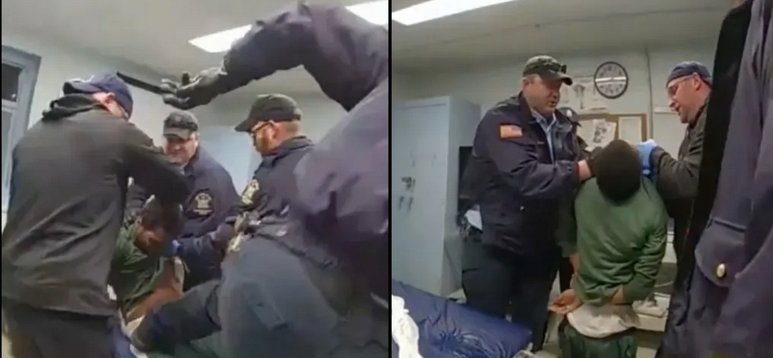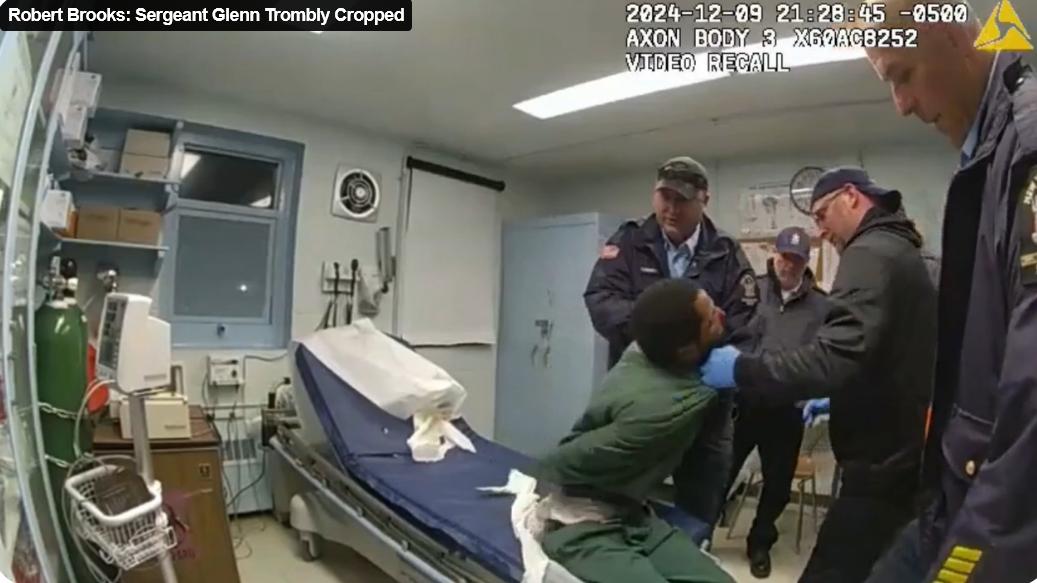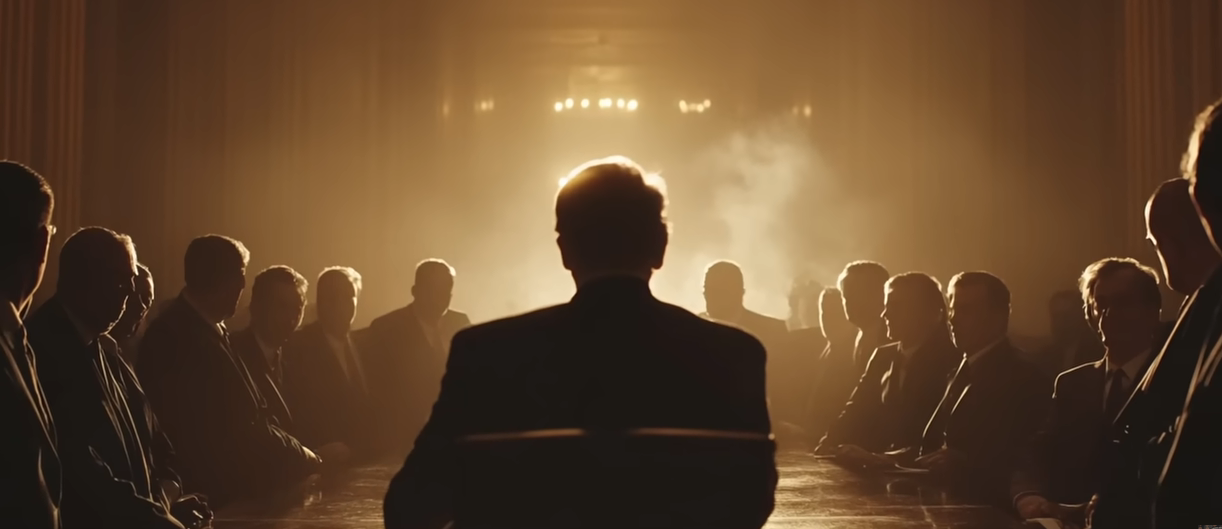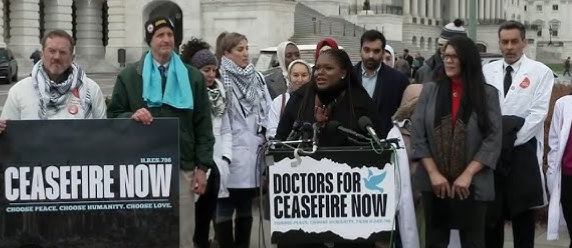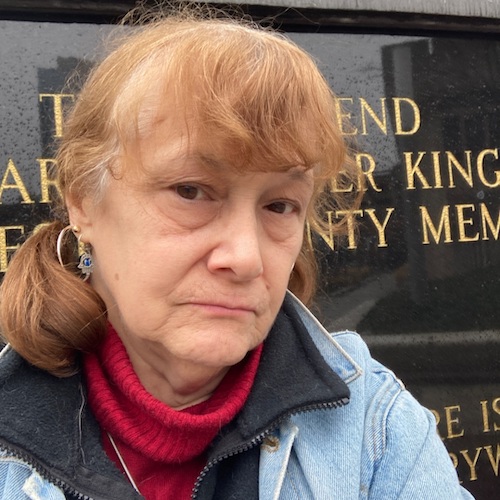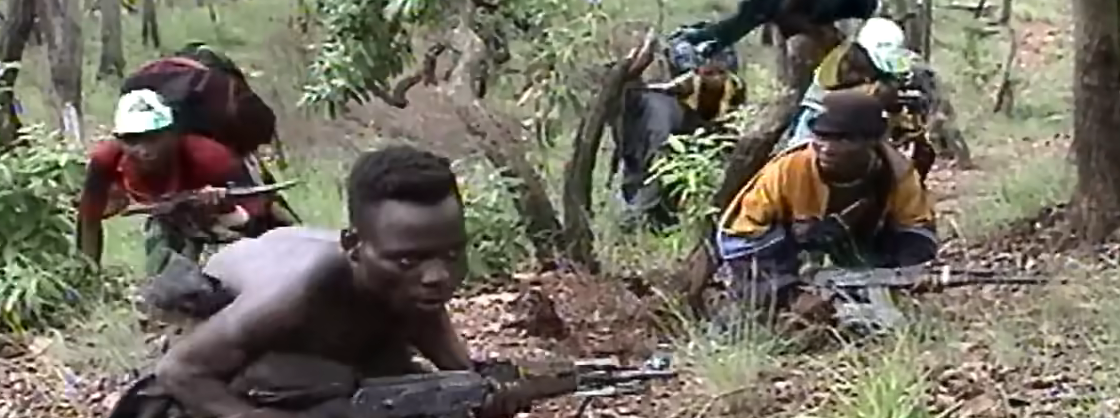Trayvon’s killer, Zimmerman, recently reportedly threatened wife with gun. A police chief believes he’s another Sandy Hook waiting to erupt
[Speaking Truth To Power]
Third of a Special Series on the Trayvon Martin killing in Sanford, Florida.
As we continue our series reviewing the handling of the Trayvon Martin killing and the subsequent prosecution of George Zimmerman for murder, we must examine if this case was hampered by possible perceptions of prejudice, especially, by Sanford Police.
Here we must probe this pertinent question: did Trayvon’s race negatively impact the investigation into his killing?
In the last part of our series, we pointed out several of the serious inconsistencies in Mr. Zimmerman’s many stories regarding what happened on the night of February 26, 2012 in Sanford Florida when he killed 17-year-old Trayvon Martin. For example, we highlighted the fact that he lied to police when he said Trayvon was “circling my car” during the time he called 911.
That call has no such reference about Trayvon “circling my car.” We also questioned whether Trayvon Martin could have punched Mr. Zimmerman more than “a dozen times” and have no blood, bruisings or any other major injuries—save two minor abrasions on his left hand, especially, when Trayvon was right-handed?
We illustrated in spite of all the hullabaloo, regarding who was on top of whom, that Mr. Zimmerman’s own words place him upon Trayvon’s body after he fired the fatal shot—from a hollow-point bullet—into the heart of Trayvon when he said he “grabbed his hands when I was on top of him and spread his hands away from his body…and I was on top of him.”
Why would Zimmerman do this? Here we wonder was Zimmerman trying to hide the fact that he probably turned Trayvon’s body over into a face down position—which would bolster his claim that Trayvon was over him when he fired.
However, we must also ask why Sanford Police didn’t find this action extremely suspicious?
On February 27, one day after killing Trayvon, Mr. Zimmerman supposedly reenacted what happened the day before. Mr. Zimmerman insinuated the reason he straddled Trayvon and “spread his hands” was because he thought Trayvon had something in his hands that he had been hitting him with. For some reason this excuse was enough for Sanford investigators. Why wasn’t Zimmerman pressed to explain the fact police didn’t find Trayvon’s hands “spread” out? According to police, Trayvon was found face down in the grass with his hands under his body.
Why get on Trayvon’s back after shooting him? Why would he care what was in Trayvon’s hands after he had just mortally wounded him? Is it possible Mr. Zimmerman was planting evidence, and, or, altering the body to fit the narrative he felt would best exonerate him?
Trayvon’s hands are an important indicator Zimmerman lied about being punched repeatedly. As we explained last time Trayvon’s autopsy report, done by Dr. Shiping Bao, shows only two small abrasions on his left hand—beside the fatal shot through his heart. Moreover, the findings of funeral director Richard Kurtz of Roy Mizell and Kurtz Funeral Home—who prepared Trayvon’s body for burial—backs up the autopsy findings.
“We could see no physical signs like there had been a scuffle [or] there had been a fight,” Kurtz said. “The hands — I didn’t see any knuckles, bruises or what have you. And that is something we would have covered up if it would have been there.” Mr. Kurtz also said this “I think the police investigation was the most unprofessional one I’ve ever witnessed in my lifetime.”
We concur with Mr. Kurtz’s observations. The more we look at the Sanford Police “investigation” the more we are perturbed by their actions. Another aspect to be evaluated is their shoddy handling of key witnesses in this case. Here let’s look at the importance of Rachel Jeantel—the last person to speak to Trayvon on the phone before Zimmerman killed him.
As stated before, during Sanford Police’s clumsy canvassing they failed to knock on the door where Trayvon was staying with his father. Because of this, precious time was lost in identifying Trayvon—and gaining access to his phone. Since Trayvon’s friend Rachel Jeantel was talking to him right up to the period of the altercation, she should’ve been a primary person of interest for police to interview.
However, we know Sanford Police weren’t the ones to seek out Ms. Jeantel. In fact, Trayvon’s father was the first person to contact Ms. Jeantel regarding what she knew about that fatal night—Mr. Tracy Martin’s first contact with her, according to Ms. Jeantel, was on March 17. Shouldn’t Ms. Jeantel have been one of the first people Sanford Police interviewed? Trayvon was killed on February 26 and yet as late as March 17 police still had not talked to her. What should that tell us about the Sanford Police “investigation?”
Unfortunately, in this case, Sanford Police mishandled several witnesses including 13-year-old witness#8. On the night of the killing, there were approximately seven 911 calls. One was from the 18-year-old sister of witness#8 telling the dispatcher her brother had witnessed part of the deadly confrontation— the dispatcher was the same person who took Zimmerman’s call.
According to witness#8, he was walking the dog when he heard pleas for help. He said he was going to help but the dog broke the leash in the opposite direction from the cries for help. He decided to retrieve the dog and subsequently heard the gunshot “and the screaming stopped.”
One would think this information would make him a key witness for police to talk to. But Sanford Police didn’t interview this witness on the night of the killing. Sanford Police didn’t contact the mother of this witness until March 2.
And, according to this witnesses’ mother the lead investigator, presumably Inspector Chris Serino, made a very interesting statement—one that again contradicts the curious conduct of Officer Serino. The witnesses’ mother said the lead investigator told her “this was absolutely not self-defense…read between the lines. There is some stereotyping going on here. I have kids myself.” Keep in mind this is the same officer who testified that Zimmerman’s story only had minor inconsistencies.
Many have vehemently argued this case had nothing to do with race. We’re even more confident that before that race paralyzed this case from beginning to end. Unfortunately, America’s criminal justice system is usually reticent to seriously examine racism. Indeed, racism is often the big ugly elephant in the room—it can be found in the conduct of law enforcement, and, within the courts of law themselves. In this case, police, prosecutors and the court seemed to have agreed amongst themselves that the racial component at the heart of this case would be ignored.
An example of this is the substantial evidence telling us Mr. Zimmerman has a problem with Blacks. For one thing, we know George Zimmerman made many 911 calls where he routinely reported seeing “suspicious” Black males. Between August 12, 2004 to February 26, 2012, Zimmerman made 46 calls to 911. The vast majority are reports of “suspicious” Black males. In several of these calls the “suspicious” Black males are teenagers—and there is one where he called to report a boy “approximately 7-9 years-old.”
The 911 calls aren’t the only thing telling us of Mr. Zimmerman’s racial disposition. We also have the statements of witness#9—Zimmerman’s cousin who told Sanford Police “I know George. And I know that he does not like black people. He would start something. He’s a very confrontational person. It’s in his blood…I know his mother. I know everybody and they are all the same way.”
This statement is extremely interesting because Zimmerman’s cousin is describing the Zimmerman family as bigots.
Some attacked Zimmerman’s cousin as a publicity seeker. However, it should be noted she called Sanford Police on February 28, 2012 and spoke to Investigator Trekell Perkins—two days after the killing and long before this case would become a national story. Her story has credibility given the racist things Zimmerman’s father—a former judge—said that the “true racists” are organizations and people like: the Congressional Black Caucus, NAACP, NAACP President Ben Jealous, NBA, and the United Negro Fund among others. Then we even saw Zimmerman’s own attorney Mark O’Mara denouncing the racist tweets of Robert Zimmerman.
This cousin of Zimmerman—who also stated she had been molested by him—gave Sanford Police this piece of advice “get character reports from other people and see if he’s ever said anything about Black people, about being racist or anything like that because I guarantee you there’s somebody out there who will say it…Please just look into that.” Yet Sanford Police never seemed to have taken this advice.
We shouldn’t be surprised Sanford Police failed to investigate the racial elements in this case. Apparently, Sanford Police has serious racial problems within its own ranks—which a report by the FBI hints at. For example, we know the decision whether to arrest George Zimmerman—before public pressure forced their hand—was split along racial lines within the Sanford Police Department. In fact, according to the FBI report, Investigator Serino complained that Black officers—like Officer Trekell Perkins, Officer Rebecca Villalona and Officer Arthur Barnes—were “pressuring him to file charges against Zimmerman.”
And he told the FBI Officer “Barnes is friendly with Tracy Martin” father of Trayvon Martin. The report also highlighted language Sanford Police used in describing those they deemed to be Black gang members “referred [to] in the community as ‘goons,’ typically dressed in black and wore hoodies.”
Given all of this, is it any wonder Sanford Police couldn’t connect the racial dots in this case?
Another intriguing issue here is a comment made by Zimmerman’s now estranged wife. In an ABC News interview, Shellie Zimmerman said she wasn’t at home when her husband shot Trayvon because “I was staying at my father’s house. We had gotten into an argument the night before and I left.” A potential connective thread to this statement was uttered by Mr. Zimmerman on the night of the killing.
When he was being taken into custody by police Zimmerman asked a neighbor—witness #13 Jonathan Manalo—to call his wife to tell her what happened. While Mr. Manalo was carefully trying to tell Shellie Zimmerman her husband was involved in a shooting, according to Manalo, George Zimmerman interjected saying “just tell her I shot someone.”
Was this tragedy also a result of Zimmerman’s frustrations regarding his marital problems?
Unfortunately, Sanford Police never connected these important strands together to build a picture of George Zimmerman’s mindset on that fatal night. It now seems to us that Zimmerman’s marital issues, violent tendencies, and his bigotry against Blacks, all collided to take the life of Trayvon Martin.
The Sanford Police failed miserably in doing due diligence to a case where the victim is unarmed and was doing nothing wrong. But besides lousy police work, we believe the Sanford Police’s main failure was their rush to judgment in believing George Zimmerman’s story. We think this is so because police habitually see African-Americans as the perpetrators of crime—not the victims of it.
After the mishandling of this case, Florida’s Governor Rick Scott appointed Special Prosecutor Angela Corey to replace State Attorney Norm Wolfinger, especially, as people protested forcefully for an arrest. However, appointing Ms. Corey without reengaging in a proper investigation surely doomed any chance that justice would be achieved in court. Didn’t Ms. Corey see the need to restart the investigation into Trayvon’s death to do it properly?
Another thing to consider here is: wouldn’t it have been better if another law enforcement entity, beside Sanford Police, had taken over the investigation—along with Ms. Corey? Hopefully, the FBI and the Department of Justice is doing a full review of the failures of Sanford Police.
In the next piece, we will precede with our examination into the start of the court case.

